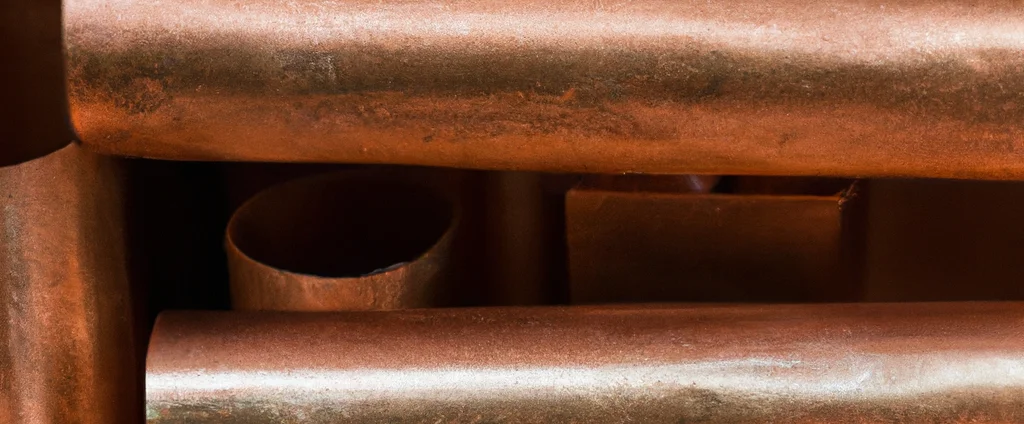Leaded Copper (UNS C18700)

Copper C18700 is a free-machining copper alloy that has good to excellent corrosion resistance, good cold workability, and a relatively low melting temperature. It is commonly used in the manufacturing of electrical components and plumbing fixtures.
| Chemical Composition | ||
|---|---|---|
| Element | Min | Max |
| Copper | 98.5% | —— |
| Lead | 0.8% | 1.5% |
| Residuals | —— | 0.1% |
The following table provides a list of copper C18700 properties in both SI and US customary/Imperial units.
Click on the button to switch between Metric and Imperial units.
| Physical Properties | Metric |
|---|---|
| Density | 8940 kg/m3 |
| Mechanical Properties | Metric |
| Tensile Strength (Ultimate) | 220 - 380 MPa |
| Tensile Strength (Yield) | 69 - 345 MPa |
| Shear Strength | 170 - 190 MPa |
| Young’s Modulus (E) | 117 GPa |
| Shear Modulus (G) | 44 GPa |
| Elongation at Break | 40% |
| Poisson’s Ratio (ν) | 0.3 |
| Thermal Properties | Metric |
| Melting Point | 950 - 1080 °C |
| Thermal Conductivity | 380 W/m·K |
| Specific Heat Capacity (Cp) | 385 J/kg·K |
| Coefficient of Thermal Expansion (αL) | 1.76×10-5 1/°C |
| Electrical Properties | Metric |
| Electrical Conductivity | 5.57×107 S/m |
| Electrical Resistivity | 1.75×10-8 Ω·m |
The values in this table are approximate and can vary depending on various factors such as the specific manufacturing process and heat treatment applied to the alloy.
Advantages & Disadvantages of Copper C18700
| Advantages | Disadvantages |
|---|---|
| Electrical conductivity | Reduced ductility |
| Thermal conductivity | Limited corrosion resistance |
| Improved machinability | High cost |
| High strength | Availability |
Applications of Copper C18700
Copper C18700 is commonly used in applications that require machined components made of copper, including:
- Electrical Connectors and Terminals: Widely used in the manufacturing of electrical connectors, terminals, and busbars due to its high electrical conductivity, ensuring efficient transmission of electrical signals.
- Switch Parts: The alloy’s excellent electrical conductivity and mechanical strength make it suitable for switch parts in electrical switches, relays, and other electrical devices.
- Heat Sinks: Its good thermal conductivity makes it ideal for heat sinks, which are used in electronic devices to dissipate heat and prevent overheating.
- Power Transmission and Distribution: Employed in power transmission and distribution systems, including power cables and busbars, where high electrical conductivity ensures minimal energy loss.
- Automotive Components: Utilized in automotive applications, such as connectors, terminals, and electrical wiring systems, due to its electrical conductivity and strength.
- Telecommunications: Used in telecommunications equipment, including connectors, jacks, and wiring, where reliable electrical conductivity is crucial.
- Power Generation: Suitable for power generation applications, such as electrical generators and turbines, where high electrical conductivity and mechanical strength are required.
